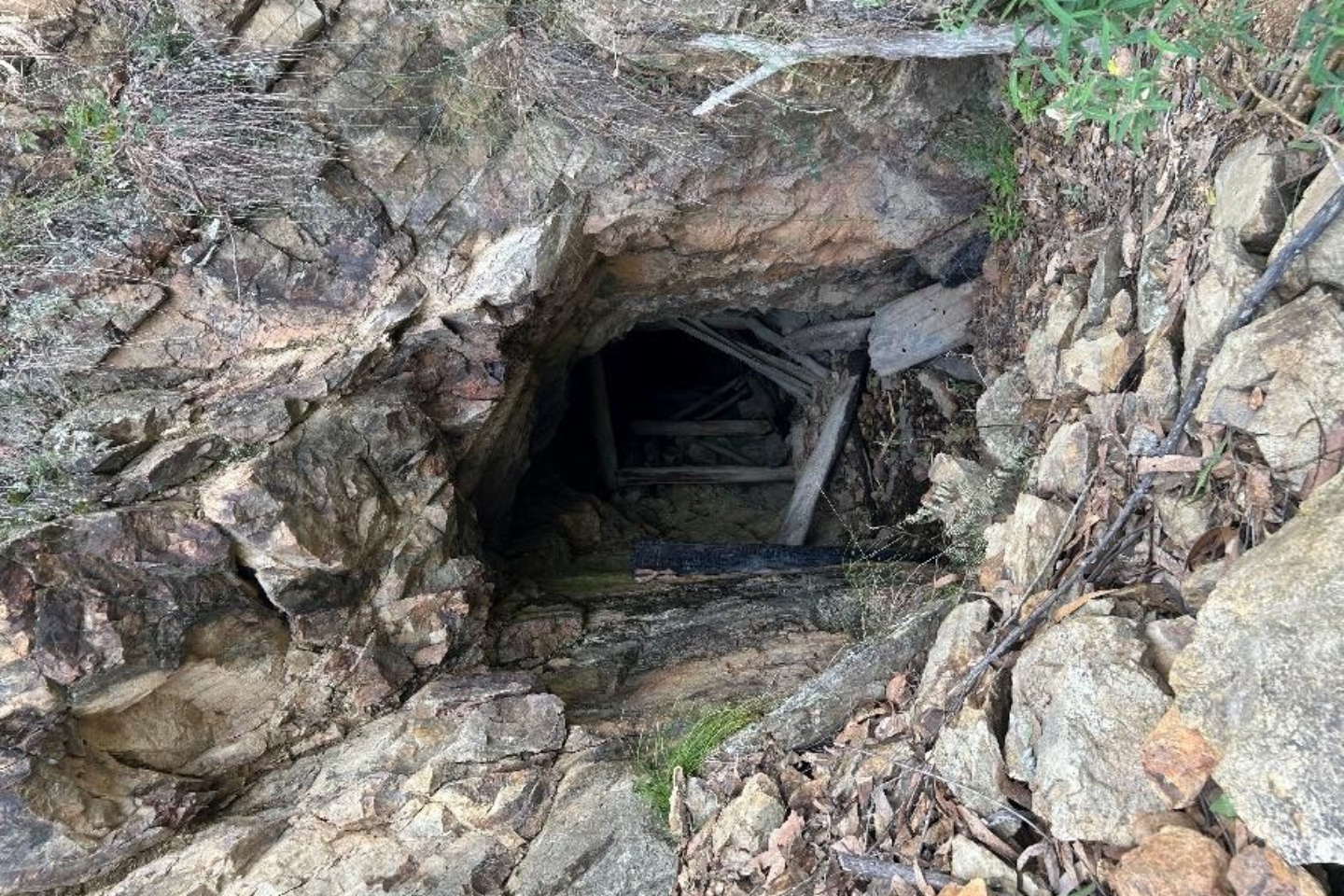Thunderbird Resources’ latest assay results confirm significant high-grade gold from selective rock chips and grab sampling at its Kookabookra project in northeastern New South Wales. Results from 39 rock chip and grab samples returned impressive high-grade gold results of 11.65g/t and 5.29g/t at its Bear Hill prospect, along with rock-solid 32.1g/t finds at the company’s Columbo and 20.7g/t at its German Reef prospects.


Thunderbird Resources’ latest assay results confirm significant high-grade gold from selective rock chips and grab sampling at its Kookabookra project in northeastern New South Wales.
Results from 39 rock chip and grab samples included initial sampling from several historical prospects not previously sampled by the company, such as the Bear Hill and Butchers Reef areas.
The impressive finds kicked up a range of new target areas for Thunderbird, with gold assay results of 11.65 grams per tonne (g/t) and 5.29g/t at Bear Hill, 32.1g/t at the Columbo prospect and a solid 20.7g/t at German Reef.
Additionally, a sample from the Nuggety Gully Reef area produced a 4.52g/t result, adding to the stellar suite of new prospective areas for the company to probe with further exploration techniques.
The high-grade results come hot on the heels of the company’s recent reveal of a rock chip sample returning an uber-grade 153.5g/t gold from its Mt Secret prospect, alongside 16.35g/t silver and solid pathfinder results for bismuth and molybdenum, pointing to what management believes is an intrusion-related gold system (IRGS).
IRGS hold the key to some of Australia’s largest recent gold discoveries. Management says the high-grade mineralisation at Mt Secret is tied to quartz veins and altered granite. One to two per cent sulphides are accompanied by a strong pathfinder signature typical of IRGS deposits.
Thunderbird has recently completed an induced polarisation (IP) survey across its Mt Secret and Mannix prospects to help define new drill targets. Results and interpretation of the IP survey are expected later this month. It will be added to the company’s rock chip and geochemical soil sampling and geological mapping programs to plan a maiden drilling program at Kookabookra.
Notably, at the Columbo prospect, a previously undocumented line of historical mine workings returned several rock chip results grading more than 1g/t. Follow-up plans for the prospect include geochemical soil sampling and detailed geological mapping.
Thunderbird expects to submit drill permit applications later this month and anticipates starting drilling later this year.
The Kookabookra mineralisation is associated with predominantly north-south trending quartz veins and structures within granitic host rock, which are close to a major regional fault.
The presence of gold across an area greater than 1 kilometre in strike length suggests a significant mineralised system that has never been tested at depth by drilling.
Thunderbird Resources executive chairman George Ventouras said: “We believe we could be on the cusp of a significant discovery given the amount of historical workings that have been identified, the high value gold samples we are generating and the significant pipeline of prospects we are establishing for drill testing.”
The company has recently completed a review of publicly available light detection and ranging (LiDAR) survey data across Kookabookra.
The use of LiDAR aerial surveys provides high-resolution aerial photography and a “bare earth” terrain view, which strips away vegetation and reveals the geology and structural details underneath, capturing valuable imagery data. It is a light detection and ranging method that uses a pulsed laser to measure variable distances to the earth.
The company’s interpretation of the data identified an eye-opening 428 historical mine workings, comprising 40 adits, 40 shafts and 348 shallow prospecting pits, and revealed 228 trenches.
Most of the workings have never been documented and provide a plethora of new potential targets.
Thunderbird commenced a first-phase follow-up of the workings this month, with a cluster centred around the Bear Hill and Butchers Reef area in the eastern section of its ground, close to the regional-scale Wongwibinda Fault.
A total of 79 rock chip and grab samples from its on-ground activities have been submitted for assay. The company is planning additional exploration at Bear Hill and Butchers Reef with geochemical soil sampling and/or stream sediment sampling and geological mapping. Soil sampling is also planned for its Mannix prospect.
Management revealed last month it had inked a binding option agreement with Canadian-listed Mustang Energy Corporation, providing Mustang with the right to earn up to an 80 per cent stake in Thunderbird’s Cluff Lake North and Surprise Creek uranium projects in Canada’s renowned Athabasca Basin.
The move enables Thunderbird to remain laser-focused on its exciting Rockvale and Kookabookra gold and antimony projects in NSW.
Under the terms of the agreement, Mustang can earn 60 per cent of Cluff Lake North and 51 per cent of Surprise Creek by spending C$1 million (A$1.12 million) on each project over the next two years.
An additional spend of C$2 million per project would boost Mustang’s stake to 80 per cent in both projects. Thunderbird retains a 2 per cent net smelter return royalty and a free-carried interest until the earn-ins are complete.
Mustang is already entrenched in the Athabasca Basin and believes the Cluff Lake North and Surprise Creek projects slot seamlessly into its impressive uranium portfolio.
With the price of gold remaining strong at US$3357 (A$5160) per ounce and uranium rebounding last month to a six-month high near US$80 per pound, Thunderbird remains in the enviable position of having a strong foothold in both commodities.
Is your ASX-listed company doing something interesting? Contact: matt.birney@businessnews.com.au















